I like shopping on AliExpress. I know it gets a bad reputation, and for a good reason. It is, alongside many of the other commerce giants, the home of electroschrott, counterfeiting and false advertising. There’s a lot of things not to like, but at the same time it also homes a wide array of solid products from established Far Eastern companies that produce very serviceable products. It is a selling platform after all, not a single manufacturer, but it can be a bit of a minefield to navigate. So, I thought I’d share my experiences buying from AliExpress and SEA based companies, and some of the guidelines I follow.
Before we get into that, though, I want to say that I am fed up of people shaming others for buying parts from AliExpress, meanwhile they themselves buy identical products which have been dropshipped to EU/NA to be sold on Amazon and eBay at a higher cost. Some claim it is for ethical reasons, but it is important to remember that in terms of moral corrupt practices, Alibaba Group and Amazon have a lot in common. Neither are the ‘ethical’ approach, and this is not what this blog post is about. I am merely interested in finding cheap, serviceable parts and a bit of bling to keep my bikes running. And if you spend, even just 5 minutes looking at reviews of products, you’ll see how big an impact a platform like AliExpress has on the lower income parts of the world, where it has given people access to capable drivetrains, hydraulic braking and other modern advancements in cycling – at a fraction of the cost from a larger Western-approved brand. This is something that is very crucial to recognise. Reminder: What created the cycling culture that we know today isn’t synonymous with the early roots of the bicycle, where bicycle ownership was a signifier of wealth, something reserved the elite layers of society and production was priced accordingly. It wasn’t until mass production took hold that we saw the bike culture that we know today forming. Now I know a lot of people lament the days before production was shifted largely to the Far East. But let’s face it, those days are not coming back. The outsourcing left a gap in production within Europe and North America, creating a vacuum that many smaller Western manufacturers are now capitalizing on, but rather than focusing on affordable, grassroots-level products, these companies are projecting themselves as ‘artisan’, ‘bespoke’ manufacturers, offering high-end, luxury bike parts and frames. As a result, the demand for more accessible and cost-effective options is increasingly being filled by companies in the Far East, and that’s unlikely to change.
So, now that we’ve cleared up my stance. What are some things to look out for when shopping on any of these Far Eastern marketplaces? First of all, I think it is pretty important to have a healthy dose of rationality as you’re scrolling through the piles of shiny tat. If something seems too good to be true, chances are it is. There’s a lot of misleading advertising going on there. I think many of us are familiar with Wish and Temu, where a beach ball might be listed as a bunch of similar key words – perhaps not even mentioning that it is a beach ball. This happens with bike parts too, and so that “Titanium Aluminium Steel Race Road MTB Speed 26 27.5 29 Frame” might not be quite what you think it is. You can try to write sellers, but often they don’t speak English and the automatic translation can be poor. But if you’re seeing a Titanium frame for a 100 quid, I’d say there’s a fairly high chance that you’re getting an aluminium lump in a Titanium colour! So, use common sense.
Filtering and using reviews
When you’re searching for things that you need, it’s usually a good idea to list by “Orders”. This will show the listings with the largest quantity of orders, and they usually have the most reviews. And that is key, to find products that have a lot of reviews from various countries and a good amount of orders. This not only shows that the shop is established but also will tell you whether or not the product is worthwhile. And this is where you have the chance to determine whether or not the finishing of the product is up to par. Look for reviews with photos from users, where you can see the part fitted. There’s been so many times where I’ve received something, which looks very similar to the listing, but the finish isn’t what I expected. There’s a tendency for shiny/solid coloured parts to actually arrive looking slightly off colour with a more granulated finish. A decidedly cheaper look than the solid, polished colours sometimes seen on the listing. You’ll find this especially true of cheap narrow wide chainrings and cranks. That’s why the reviews can be such a godsend, as you get to see the actual product fitted by another customer.
How do I make sure that I get something of decent quality?
When it comes to picking something that won’t break almost immediately, I once again will refer back to the common sense point. You need a healthy dose of that. Because there’s a lot of very flashy looking parts and bikes, and many outrageous promises too. There’s the old saying Cheap / Light / Strong, pick two. Keep that in the back of your head. I always advocate against buying parts that are specifically marketed as “ultralight”, especially if they’re 1) a critical part and 2) cheap. Using less material means reduced strength as there’s less material to handle and distribute stresses. To counteract this, components must be carefully machined and designed with precision to maximize strength while minimizing material. And though there’s plenty of Chinese production doing just that, they are the mass manufacturing hub of the world after all, it comes at a cost and if something is very light and very cheap you can bet your bottom (or your teeth in this case) that it likely hasn’t been designed to withstand serious prolonged stress cycles, and/or the quality control is in the gutter. Therefor, if you want to buy something very light – and cheap – go for parts that are not critical. Meaning, if this part were to fail you wouldn’t be headed straight to the emergency. I’ve successfully used lightweight QR skewers and clamps, brake levers, brake arms, tensioners, chainrings and bolts. I would exert caution using outrageously cheap lightweight stems, cranks, pedals, seatposts, saddles, handlebars and forks. For load-bearing, critical parts there’s still plenty of options on AliExpress, but go for something beefier. Here’s what I look for, if cheap and a more critical part:
- Pedals: Steel axle, composite or aluminium body.
- Cranks: Forged aluminium or steel, if 2-piece I opt for a steel spindle.
- Seatposts: Aluminium or steel, at a weight that seems to correspond with budget options from reputable brands.
- Saddles: Steel or alu rails, no carbon
- Forks: Steel and rigid. Cheap suspension is awful and risky. Rigid alu forks have to be overengineered quite significantly to withstand many stress cycles, will end up almost as heavy as steel – so go for steel.
What about counterfeits and lookalikes?
When you’re looking around it is very likely that you’ll encounter counterfeits of parts, where they use the actual branding from the real manufacturer or lookalikes that may use their own branding but are a little too close for comfort in terms of likeness. It is very unlikely that any of these are going to be good replicas, instead what you’re paying for is purely aesthetic. I own a few knock offs that I bought because I was curious, namely a Chris King headset (I call it the Chris Kong, and of course let everyone know it’s a fake) and a set of Paul’s Components levers. The fake Chris King headset is a generic sealed headset with the branding slapped on there. The quality is identical to the rest of the generic headsets offered by Ztto/Litepro, which I’ve generally had good experiences with. A headset is a headset, though, so I’d be shocked if they weren’t up to the task. I’ve never had a bad headset – cheap or expensive. But my point is that it the knock off Chris King headset isn’t similar to my real one, the individual parts aren’t similar. They have not gone to any lengths to make this replica more than skin deep. Now the Paul’s levers.. They seem OK at first glance but obviously have poorer jagged machining and imperfect finishing, so again – aesthetically inspired, but not up to the standards of the real deal.

You get what you pay for, and then there’s of course the moral conundrum of whether you want to be putting money into the hands of counterfeiting hoodlums. I would encourage you to stay away from direct rip-offs, but if you really like the look of something and you can’t afford the real deal, I won’t shame you for buying it. This is also why I’m less bothered by lookalikes that don’t fully intend to con you – the ones that at least make it clear that they’re a replica of sorts. There’s many products that I like the look of, but I’d never buy due to the price being too high. So, to find something that looks similar, even with a cheesy generic English word slapped on it, is a score to me. Some would be against this too, as it still is a form of infringement on a patented design. I don’t really care to be honest, I’ve got far more dire concerns for the world. But yes, if you buy something that imitates a higher end product, in most instances it won’t perform or look as well as the real deal.
Some of my favourite go-to parts
There’s a few brands that are pretty popular in S.E.A. The likes of ZTTO, iXF, LitePro, Deckas, Muqzi etc. There’s some overlapping in the product ranges they offer, likely because it all comes from the same factories. But I’d like to think that though the parts are the same, the more established brands would spend more money on quality control, so you’d be guaranteed a better and safer product.
From ZTTO: I really like their sealed headsets. Great value, minimalist, runs smooth and keeps grime out pretty well. Their wide range cassettes are a bang for your buck too. Tolerances are not as tight as on Shimano or SRAM, so shifting can be a bit clunky but they hold up pretty good and is a low-cost option for wide ratio gearing, which isn’t exactly cheap – especially once you get to 11/12 speed. They do offer entire groupsets too, I’ve not had the chance to test them out though. I was put off after receiving a derailleur from them that didn’t live up to expectations.



From iXF: I’d say they really carved a name for themselves with their bargain Hollowtech 2 cranks, sold with the whole shebang to get you on the road. A forged SLX/XT inspired design, with somewhat tacky finishing, but solid and cheap. A good option for people who want a 1x external setup at a very low cost. Non-asymmetrical 104 BCD too, so very easy to find rings for. They come in square taper too, and can be set up as a triple or double.

From LitePro: LitePro is probably one of my favourites. Aimed primarily at the folding bike crowds, they do pretty much everything. Cranks, brakes, levers, pedals, seatposts and general accessories. They have more offerings for the road-inclined rider too, with their Hollowtech II road cranks and plenty of 130 BCD square taper options. As always I recommend staying on the cautious side with their ultra-lightweight bits if they’re a crucial component, but their cranks – including lighter options – do seem to have held up well for people. I am particularly fond of their levers personally, and I also think their v-brakes are super neat, as they offer loads of pad adjustment to experiment with different wheelsizes on a canti studded frame.



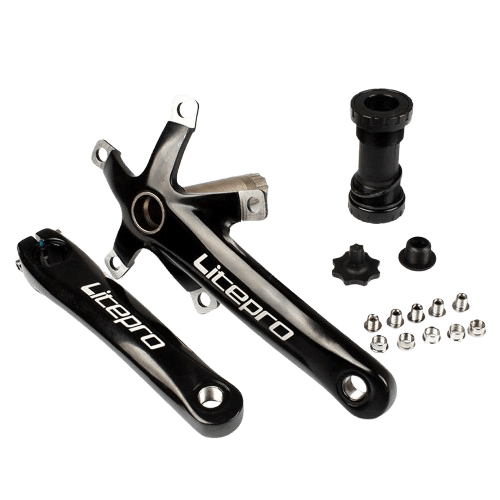
From Deckas: Rings, rings, rings! If you recall when everyone was buying 104 bcd “snail rings” on eBay and Amazon, Deckas offers exactly that and a much wider range. They even do oval rings, and 144 BCD track ones. Sadly they’re finished a bit poorly, in my experience, but the tooth profile adequately holds the chain in place, and they don’t wear all too fast. They’re not at all comparable in quality to a Wolf Tooth or Absoluteblack, but I’d say a good year of riding isn’t an unrealistic expectation and when you consider how cheap they are, it’s a nobrainer really. Comes in a fair few colours. But I’d refrain from the more vibrant colours as I feel it makes that granulated cheap look stand out.
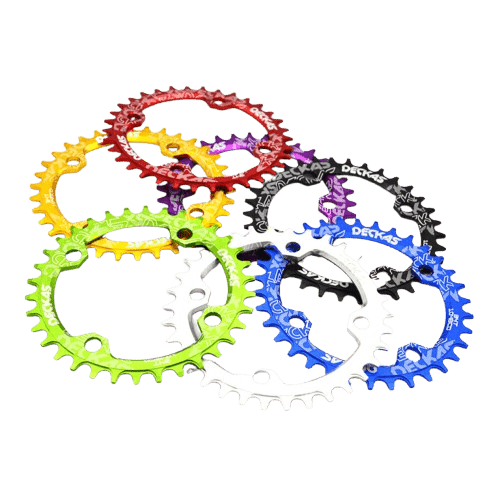

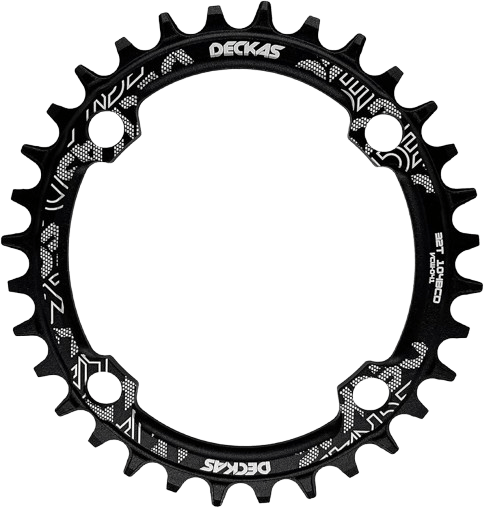
From Muqzi: They do what I’d consider one of the nicest v-brakes available. Good finish, clean machining and a large range of adjustment of the pads, making it the perfect candidate for a 26 to 650b conversion. They also offer a lot of similar products to LitePro, aimed at the folding crowd, including a wide array of adapters.

From ThinkRider: I really dig their pedals. They do a more high end range of serviceable alu ones, and lower end ones of composite. I only tried their alu offerings, and was positively surprised. Spun perfectly out of the box and have required zero servicing, still spinning as smoothly as the day I bought them years ago. They also offer a wide range of saddles, trainers and tools. I have not sampled any of those yet. But what I’ve heard has been overwhelmingly positive, especially about their trainers.
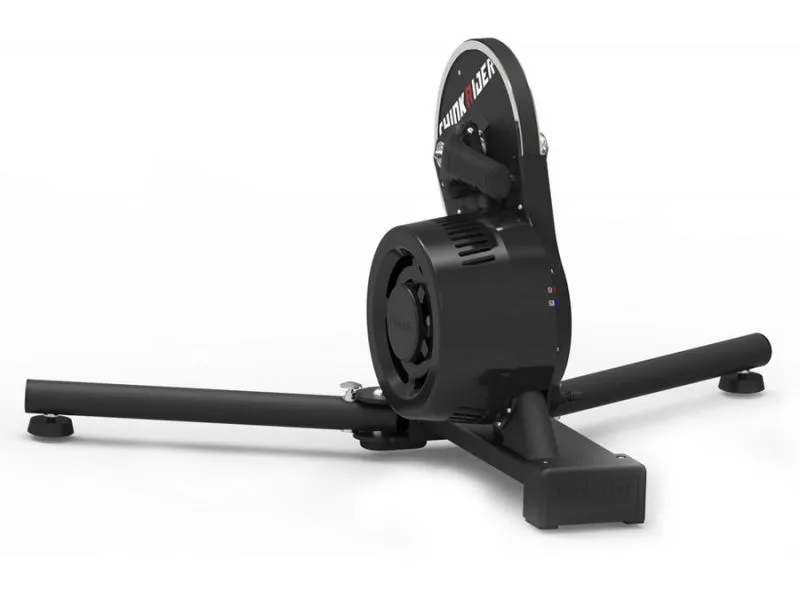
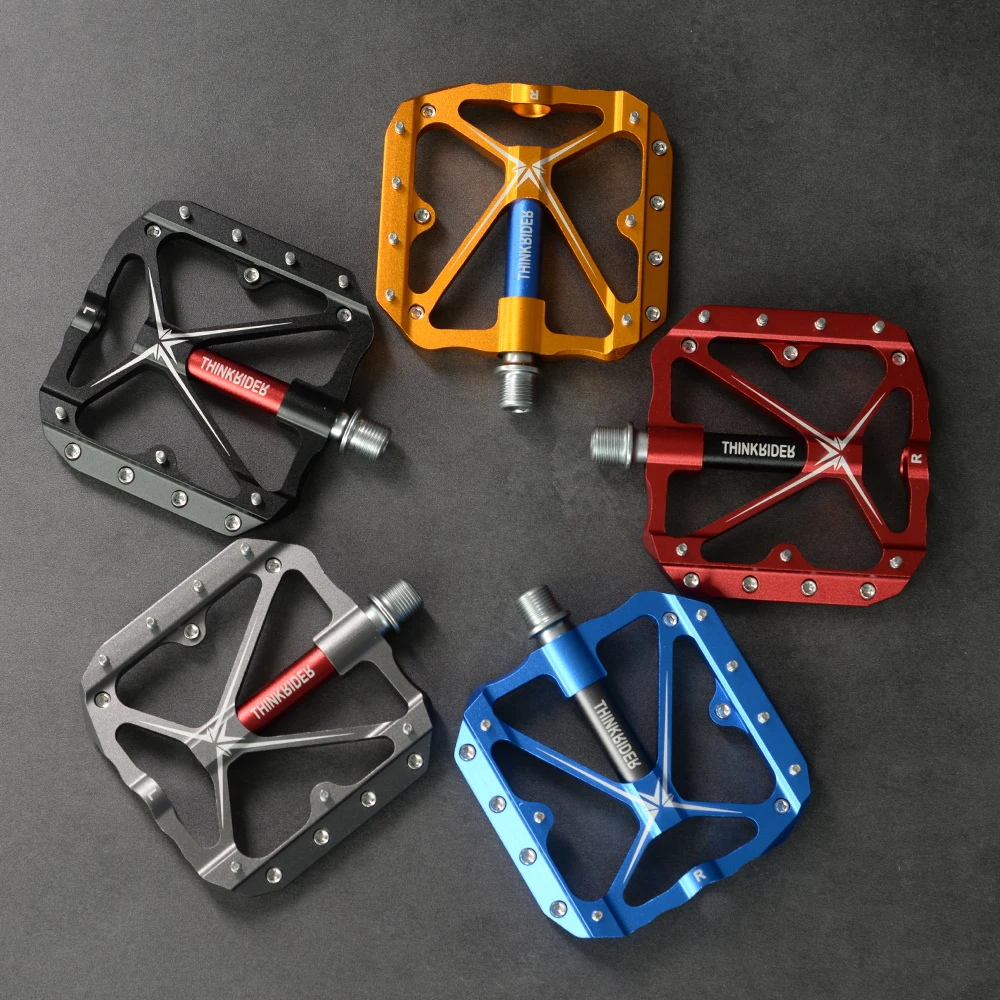

From Tsunami: My minivelo was manufactured by Tsunami and is a very well-made steel frame. Their cheaper frames are usually high tensile steel, or 6061-T6 aluminium, while their more expensive ones are 4130 or Reynolds tubed. I’ve been very impressed with the build quality of my minivelo, and the finish isn’t half bad either. I’ve seen a good chunk of posts about their track and fixie frames, and they seem to hold up very well too – even enduring some rather involved urban crashes.
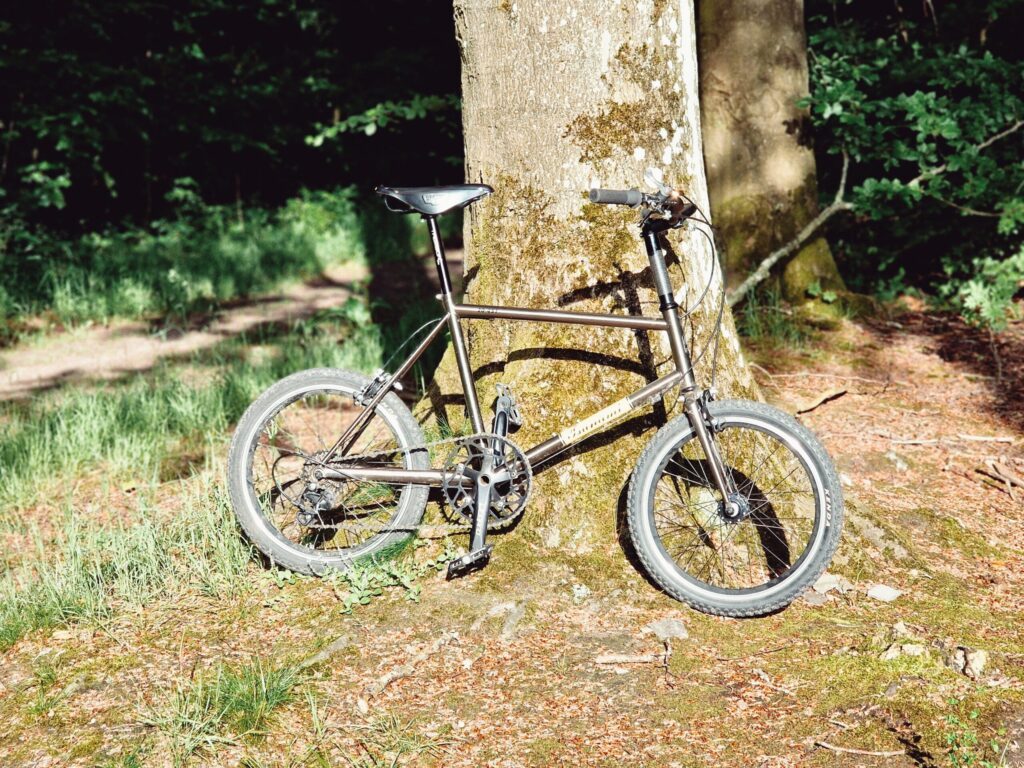
From CarbonCycles: This is perhaps the most well-regarded ‘mass produced’ Chinese carbon manufacturer, offering robust carbon forks for 20″, 24″, 26″, 27.5″ and 28″. They even do varying axle to crown and canti studded versions, which makes this a perfect option to go carbon on your old rim braked 26’er. They also have a wide selection of bars, stems and seatposts. Their products are tested to EN/DIN standards, and their price points reflect it too, but they’re still cheaper than going for one of the more well-known brands. These cannot be found on AliExpress to my knowledge, but they have their own site which even offers shipping from UK warehouse. https://www.carboncycles.cc/

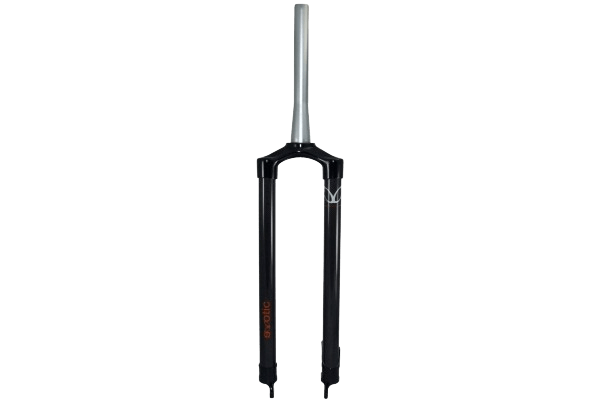

From Ltwoo and Sensah: I’ve put these two together, even though they’re competitors. But their offerings are pretty identical. They produce really affordable drivetrains, with catalogues featuring budget friendly 1x wide ratio setups similar to industry giants like Shimano and SRAM, while also providing more backward-compatible groupsets for older 7, 8, and 9-speed systems, which is something I really appreciate. As Shimano recently axed its older ranges and replaced it with the new proprietary Cues groupset, Ltwoo and Sensah are now at the forefront of giving us retrogrouches an upgrade path to maintain older bikes without needing to switch to newer, more expensive technology.
So, that’s a few of the companies and products that I recommend taking a look at when you’re shopping from the Far East. It really isn’t too daunting if you, as mentioned a few times in the post already, use your common sense and don’t go overboard. I love cheap as much as the next guy, or gal, but we have to be reasonable. With very low prices comes cost saving measures, and you better pray that it didn’t come straight out of the QC fund. This is part of the reason why the “Oh, it’s all made in the same factory anyway” logic fails. I hear it quite often, and I’m inclined to agree on some occasions, especially with parts of lesser complex design. But when it comes to parts that require tighter tolerances to work safely, a company spending more on good quality control will give the consumer peace of mind. But the good news is if you weigh this into the consideration, and apply a healthy dose of skepticism, there’s some real bargains to be made. Yes, there’s an element of gambling in buying these cheap products, but I happen to quite enjoy the hunt.

Leave a Reply